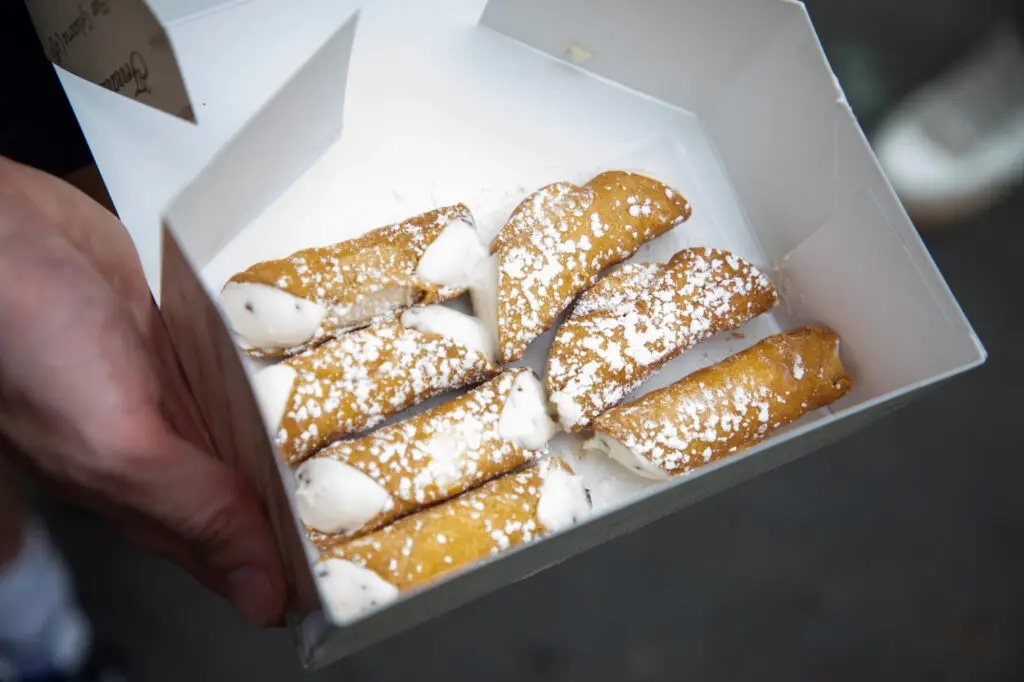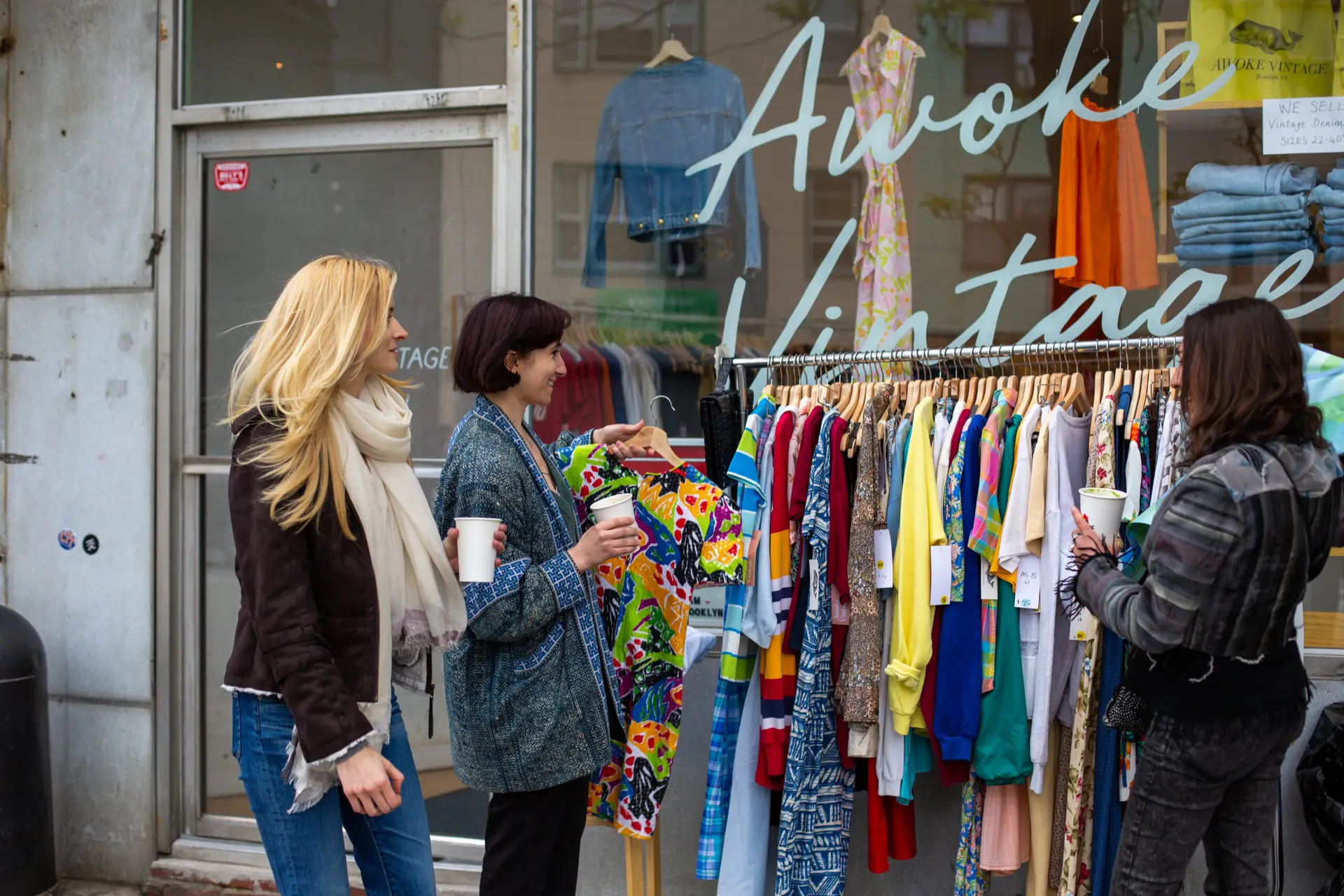To truly feel the essence of New York City, it is important to experience a culinary adventure through its diverse communities. Within downtown’s bustling streets lie three neighborhoods with incredible stories to share: the Lower East Side, Chinatown and Little Italy. Steeped in history and filled with culinary treasures, these neighborhoods still retain the imprint of the hopes, hardships and heritage of many who came before are still reflected in the sights, sounds and tastes of the immigrants who first arrived generations ago that makes these neighborhoods uniquely their own.
Meet the Melting Pot of New York
New York has long been known as a city of immigrants, a melting pot where different cultures collide and blend together. Three neighborhoods in particular served as landing spots for the waves of newcomers who helped build the city – the Lower East Side, Chinatown, and Little Italy. Despite massive changes over the decades as new groups arrived, the imprint of the early immigrant communities remains deeply embedded in these neighborhoods. Let’s travel back in time as we walk through these areas and experience the culture that took root here generations ago.
What is now known as the Lower East Side was once a bustling immigrant neighborhood at the turn of the 20th century. Arriving from all over Europe, mainly Jewish, Italian and Irish immigrants settled into cramped tenement housing in search of new opportunities. By the 1920s, over 450,000 people lived in the just over one square mile that comprised the Lower East Side, making it one of the most densely populated places in the world at that time. The neighborhood served as a true melting pot, with community organizations, shops and restaurants catering to the various ethnic groups.
New York City’s Chinatown has its roots in the late 19th century as well. After completing work on the transcontinental railroad, many Chinese immigrants decided to settle in lower Manhattan. Facing discrimination that limited their housing and employment options elsewhere, they established roots and community in what is now Chinatown. Through the decades, the close-knit neighborhood has endured challenges and evolved while still retaining Chinese culture at its heart.









